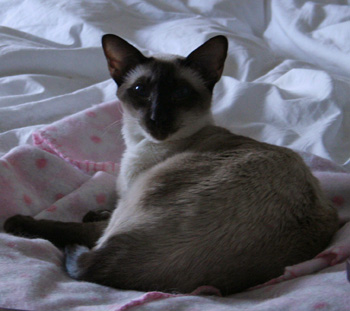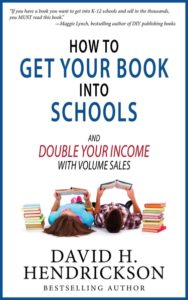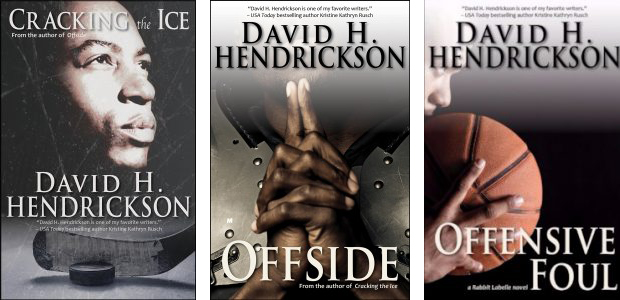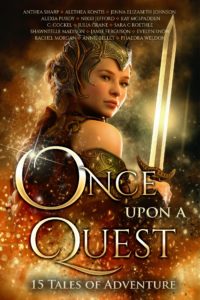
“Bane and Balm” is in the Once Upon a Quest anthology, a collection of fifteen tales of adventure, all brand new fairy tale twists from bestselling and award-winning authors. With inspirations ranging from The Ugly Duckling to Snow White, and everything in between (including trips to Camelot and Oz), these fabulous tales are full of adventure, magic, and a touch of romance.
Meet Jenna!
Jenna writes fantasy and young adult paranormal romance. She’s a talented visual artist as well as a writer, and creates the images and maps she uses for her various worlds.
“Bane and Balm”
When the stream providing healing water to Claire’s sick aunt dries up, she must venture into the dreaded Dorcha Forest, where she discovers a stranger willing to risk his freedom in order to help her on her quest.
…
Claire snapped out of her daze and blinked down at her dark rescuer once again. He had removed one of his gloves to reveal a pale hand, which he now held palm out toward the tree. The pull of magic, the stranger using his glamour, tugged gently at Claire’s senses and the fire eating away at the beech slowly died.
The eagle stretched its wings and clicked its beak, tilting its head upwards.
“In the tree?” the man murmured, his low voice growing quieter.
But Claire had heard the words anyway, panic gripping her heart. The stranger tilted his head and gazed into the branches above. She held absolutely still, not daring to move.
Perhaps he won’t see me, Claire thought hopefully.
The man’s hood fell back, and his eyes met hers. Claire sucked in another breath. This man looked nothing like the young farmers in her valley. His pale skin was smooth and unblemished, his eyes a severe, golden brown, so bright they reminded her of a wolf’s. Hair black as coal hung in unkempt strands around a haunted face of masculine beauty, and his mouth was drawn in a hard line. A mouth that probably never smiled.
– from “Bane and Balm” by Jenna Elizabeth Johnson
The Interview
“Bane and Balm” is loosely based on “Red Riding Hood.” What inspired you to use aspects of this particular fairy tale?
When Anthea reached out to me about participating in another Once Upon anthology, I had already started work on “Bane and Balm”. It was very much in its infancy, but I felt that “Red Riding Hood” was the closest match with where I had gone so far with my story. Claire, my main character, was already standing out as a bold young woman and I knew the answer to her plight waited in the heart of the haunted wood behind her home. I added in the element of the red cloak and the wolfish stranger to make it more like the original tale, but it’s very much its own Otherworldly fairytale. In a way, I kind of cheated, but I’m very happy with the story that evolved from what started out as the spark of an idea. Making “Bane and Balm” my submission for Once Upon a Quest helped give the tale and its characters direction and depth.
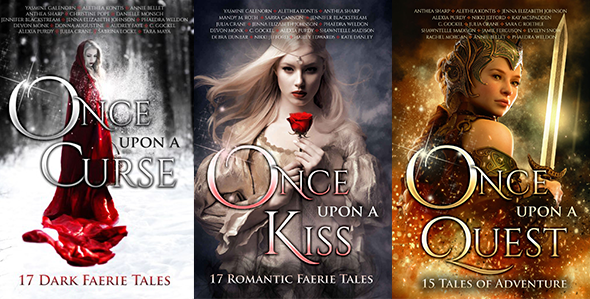
You’ve been a part of the Once Upon anthology series from the beginning. How did the series begin, and what do you enjoy about participating in it?
My involvement in these anthologies actually goes back a little further than Once Upon A Curse, the first Once Upon collection. Anthea first asked me to take part in the Faery Worlds anthology way back in 2013, and I jumped at the chance. Since then, any time I’m invited, I’m happy to take part. It gives me a chance to explore my world more (so far, all my stories have been from my Otherworld universe), and having a deadline for the short stories helps keep me productive. When Once Upon A Curse came along, I was challenged to write something new (all the other anthologies included previously published pieces).
I think what I most enjoy about being a part of the Once Upon anthologies is the challenge of creating more fairytales for my Otherworld universe, and getting to collaborate with so many wonderful, talented authors. Sorry, that was two things!
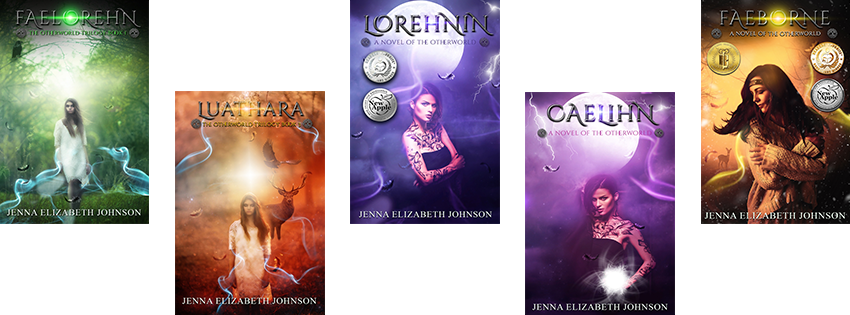
“Bane and Balm” is set in the land of Eile, which is also the setting for your Otherworld series. What inspired you to create this world?
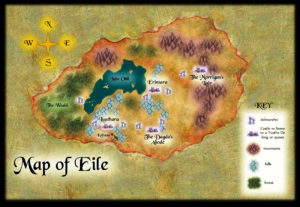 My Otherworld series, and Eile (what the natives call the Otherworld), emerged from my time spent in my Celtic Studies classes during college. I wanted to bring Celtic mythology to life the way Rick Riordan opened up Greek mythology to his readers in the Percy Jackson books. There are some really cool stories and characters in Celtic lore and I wanted to share my love of these legends with readers, young and old.
My Otherworld series, and Eile (what the natives call the Otherworld), emerged from my time spent in my Celtic Studies classes during college. I wanted to bring Celtic mythology to life the way Rick Riordan opened up Greek mythology to his readers in the Percy Jackson books. There are some really cool stories and characters in Celtic lore and I wanted to share my love of these legends with readers, young and old.
Many of the locations in Eile itself are based on Ireland, Scotland, Wales, England. Pretty much the Celtic nations and British Isles. I actually hadn’t been to any of those places before starting my books (hurrah for Pinterest and Google images!), but I was able to make it to Ireland a few summers ago, so now I have my own experience to draw from.
The setting for Faelorehn (the first book in the series) takes place mostly in my hometown of Arroyo Grande, and the wooded swamp area Meghan (my main character) visits is an actual location. There is just something about that place that feels Otherworldly to me, so of course it made its way into my series. I also highlight a few other locations (the old village in town with its swinging bridge, one of our local beaches, a cool little post office and gift shop). It was a lot of fun featuring these places in my Otherworld series because every time I visit them I get to step into the story. And I’ve heard from many of my local readers that they just love reading about paranormal and magical events happening right where they live.
You practice both long sword fighting and target shooting with your longbow. How did you get started with these crafts, and what appeals to you about them?
Ha ha! I don’t get much archery in these days, but I still have my longbow and arrows! I have to give credit to my friend Laura for this. I’ve always liked the old arts of war (I’m a nonviolent person, I swear!), but Laura actually took the steps to make things happen. I got into sword fighting while at my first book fair in town. The author next to me had a daughter who was taking classes, so we got her number and a few years later, met our coach. I’ve stuck with it for several years and go to class when I can. I’m by no means at a competitive level, but I enjoy doing it and it definitely helps whilst writing fighting scenes in my epic fantasy series. Someday, I need to get back out onto the range with my bow.
I can’t say what makes these activities more appealing than others. Maybe it has to do with the fact that you must rely entirely on your own skill and body to perform well while swinging a sword or shooting an arrow into a target. Longswords and longbows are both somewhat primitive, the bow more so than the sword, and maybe it’s the fact that my Viking and Celtic ancestors probably used these weapons that also makes these activities so appealing to me.
What types of mythology do you most enjoy, and why?
Oh my goodness, Celtic mythology by far is my most favorite. I loved it so much I took as many classes on the subject as I could in college. I think it links back to my ancestry (I’ve got some Celtic roots) and there is just something that appeals to me about the Celtic Isles. Maybe it’s the nearly constant gray skies, or the mountains and hills, or the music, or the fact that trees are sacred to the Celts (I love trees). I also love Norse mythology and took a few Norse myth classes alongside my Celtic classes. Of course, in high school I was really into Greek mythology (Xena and Hercules!), but I think on a whole, I’m fascinated by all mythologies of every culture. At their core, ancient myths and legends are a reflection of a culture and the beginning of storytelling. As an author, I am always amazed by the wonderful stories our ancient ancestors wove to explain the world around them. We, as authors, are carrying on that legacy and it’s so important not to forget that storytelling is at the heart of our existence as human beings.
The Legend of Oescienne series is set in a world where dragons exist. Did you base your dragons off of any legends in particular? And what did you most enjoy about writing about dragons?
My Legend of Oescienne series was my very first leap into the writing pool. I have always loved dragons, even as a kid, and have always believed that, just like people, dragons can be benevolent or malevolent. My dragons are mostly benevolent, but there are a few mixed in who are troublemakers. One of the main characters in the series, the dragon Hroombramantu, is based very much on Draco from Dragonheart. I loved that movie and Draco’s bravery, wisdom, and kindness always stuck with me. I wanted Hroombra (Jahrra’s mentor in the first two books) to be wise and kind as well.
I think the best part about writing dragons is that my dragons are able to speak and reason just like humans. It’s especially fun to work with them because they react and behave as humans do sometimes, but they are so much more powerful, not to mention they can fly and breathe fire.
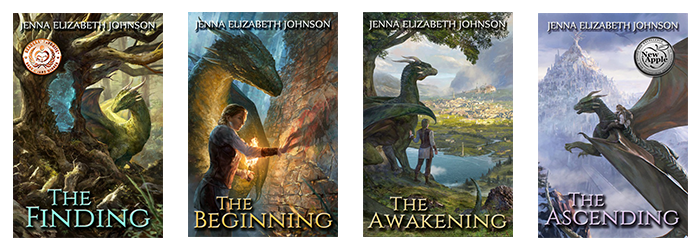
You’re a fan of honeybees! Are you a beekeeper with hives of your own?
I absolutely LOVE honeybees!!! They are actually sacred to the Celts (considered little cows with wings because they produce a valuable commodity). I had a hive some years back, but unfortunately, my bees disappeared. I miss having them, but if I ever find the time to get back into the hobby, I need to take classes and become more of an expert first. I’d honestly be happy if a wild swarm made a hive somewhere in my backyard (there’s a lot of space back there) just so I could have them around. For now, I have to get my honey from the local farms and farmers’ markets (I only get the good stuff – local, raw honey) so I have a constant supply for my tea. I especially love the fact that there is an old wisteria vine growing on my back patio and every spring/summer I can stand beneath it and just listen to all the bees visiting the flowers.
What story (or stories) are you working on now, and what’s fun about what you’re writing?
Now that “Bane and Balm” is out in the world in the Once Upon A Quest anthology, I am focusing entirely on finishing the fifth and final book in my Oescienne series first. It’s been a long journey getting to this point, and my Oescienne readers have been waiting a long time for this one. Once I’ve finished the first draft and send it off to my beta readers and editor, I’m going to jump into either my Draghans of Firiehn series (will eventually be a collection of novellas set in my Otherworld universe but mostly outside of Eile) and a continuance of my Otherworld series (Cade, my main male character, needs his trilogy and there are a few more characters awaiting their own books, too). I’ve also been working on and off on a brand new trilogy I’m hoping to get traditionally published. Basically, I’m going to be busy this year!
…
Jenna Elizabeth Johnson is a best-selling, multi-award winning author of Fantasy and Young Adult Paranormal Romance. Jenna grew up and still resides on the Central Coast of California, a place she finds as magical and enchanting as the worlds she creates.
Jenna received a BA in Art Practice with a minor in Celtic Studies from the University of California at Berkeley. It was during her time in college that she decided to begin her first novel, The Legend of Oescienne – The Finding. Reading such works as Beowulf, The Mabinogi and The Second Battle of Maige Tuired in her Scandinavian and Celtic Studies courses finally inspired her to start writing down her own tales of adventure and fantasy.
Besides writing and drawing, Jenna is often found reading, gardening, camping, hiking, bird watching, and practicing long sword fighting and archery with a traditional longbow.
Find Jenna at:
Website | Facebook | Twitter | Instagram
Pinterest | Wattpad | Goodreads
Find Once Upon a Quest!
Amazon | Barnes & Noble | Kobo | iBooks | Smashwords | Google Play | Goodreads
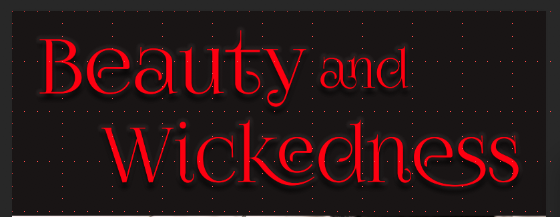

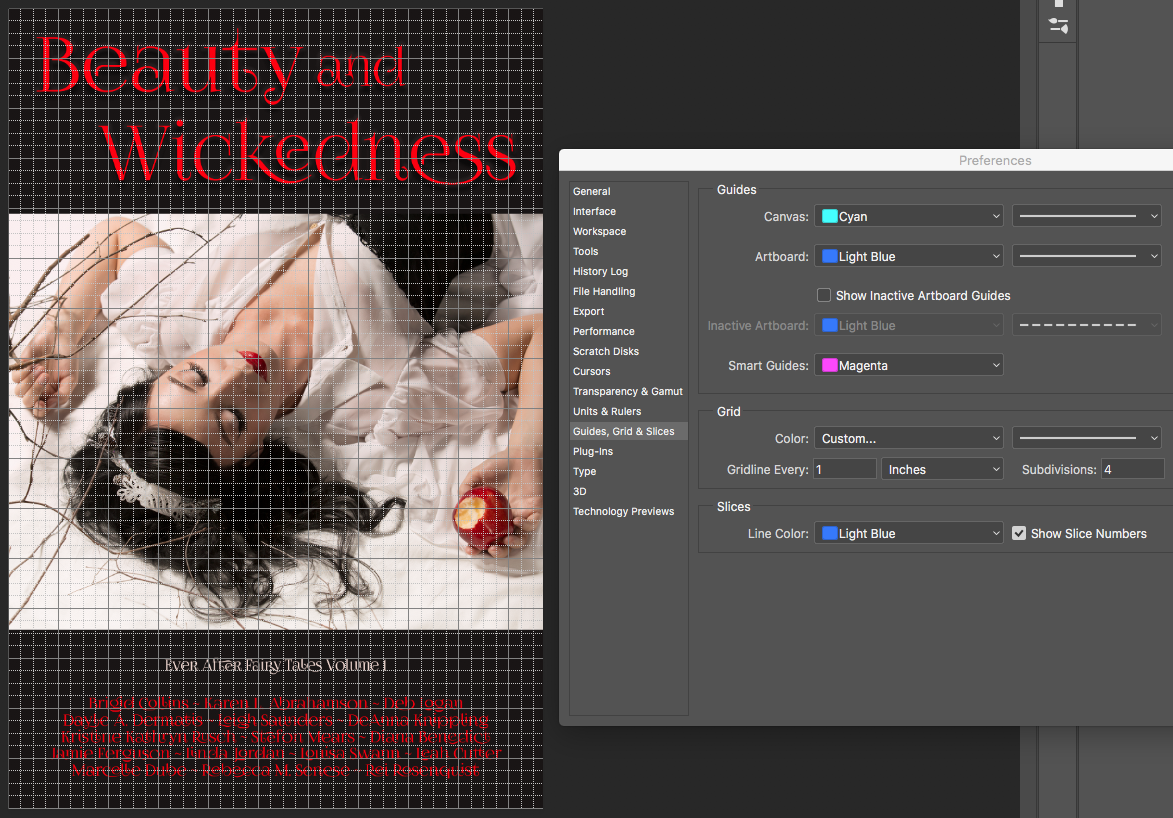
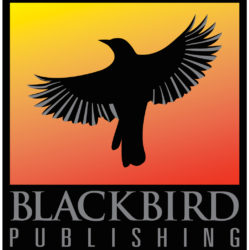



 My
My 

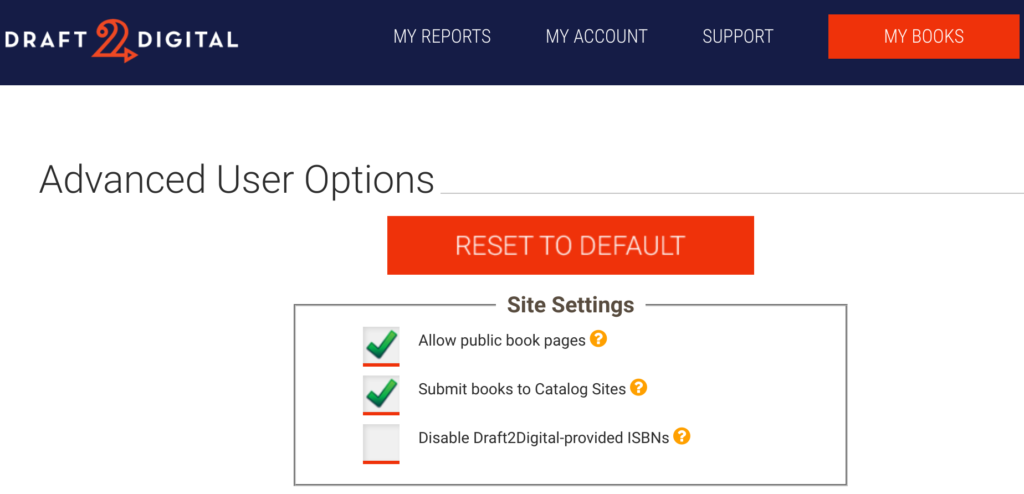
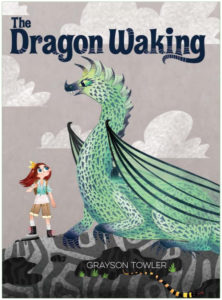
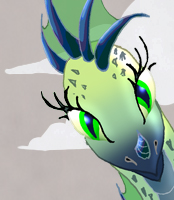
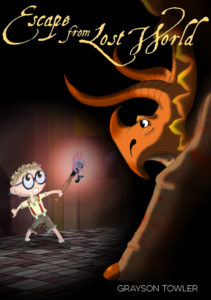



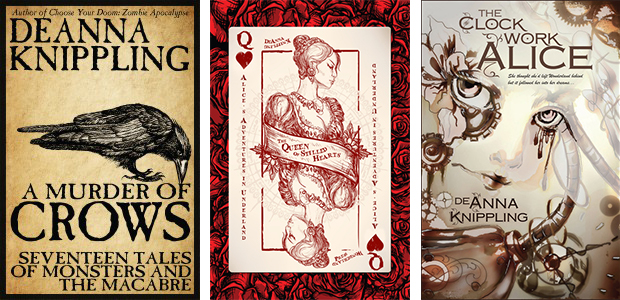
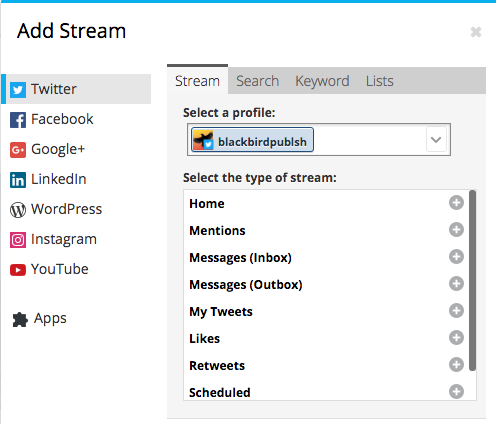

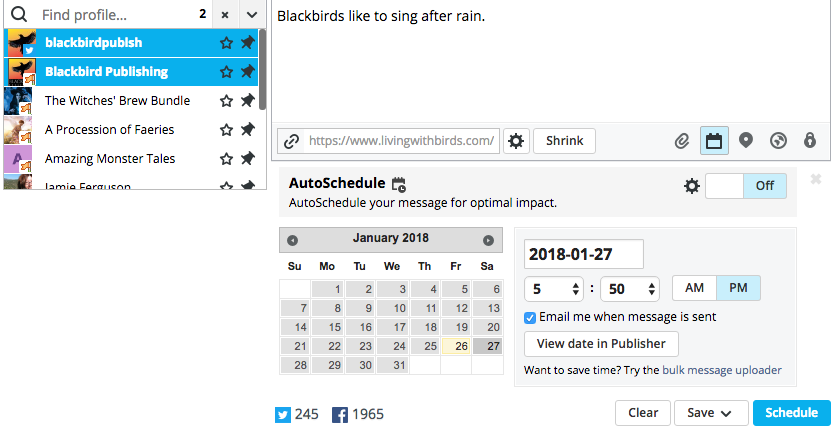

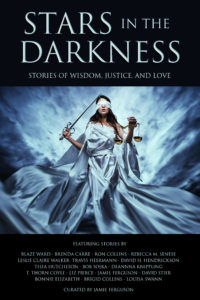

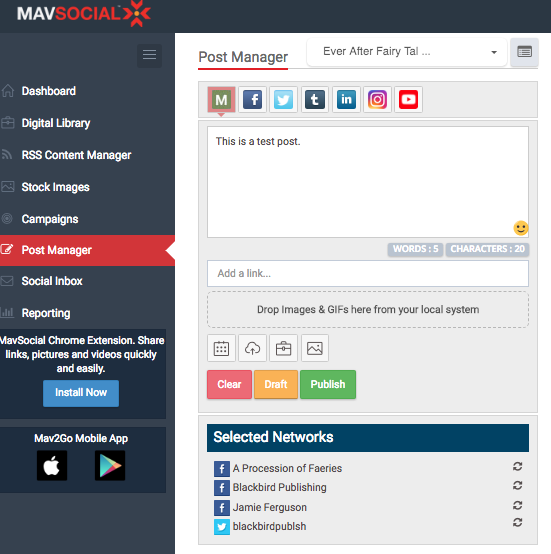


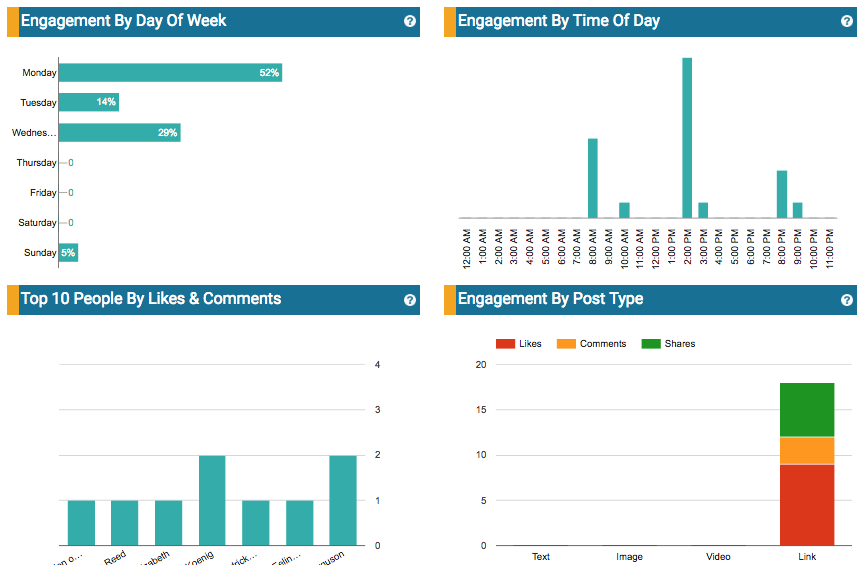

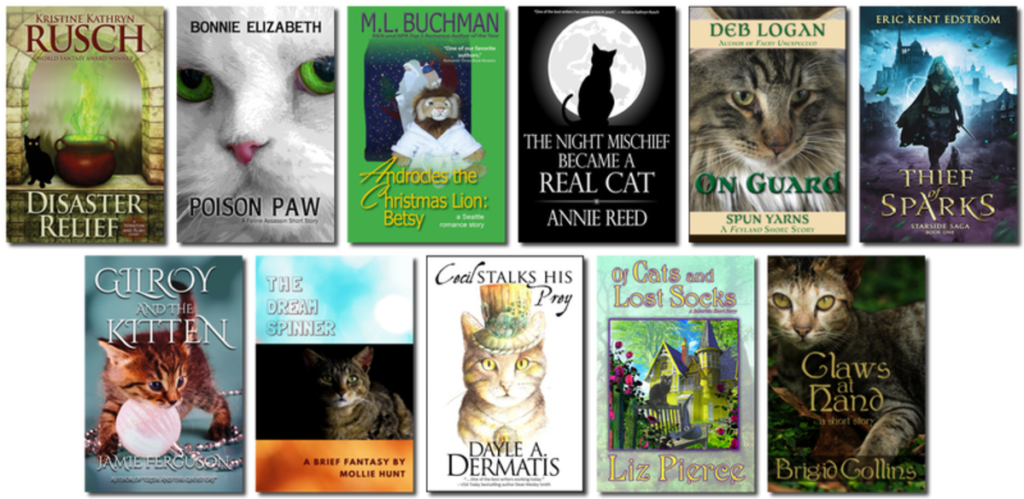
 As a long time cat blogger, I was familiar with the
As a long time cat blogger, I was familiar with the 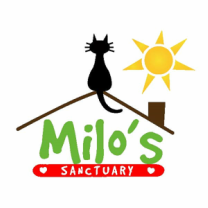 Dayle Dermatis suggested
Dayle Dermatis suggested 